China: Wuhan 24 Days
12/31/2019 - Day 1
Wuhan Municipal Health Commission issued the first briefing on 27 cases (7 in critical condition) of pneumonia of unknown etiology detected in Wuhan City. Most of them had direct exposure to Huanan (South China) Seafood Market.
Source:
01/01/2020 - Day 2

Public security Bureau of Wuhan summoned 8 of the citizens who were believed to have posted and forwarded “untrue” information on the Internet and caused adverse social impacts, including Dr Wenliang Li, who was later recognized as the whistleblower of the virus.
Huanan (South China) Seafood Market was closed on 01/01/2020 for sanitation and disinfection.
Since the causal agent has not yet been identified or confirmed, WHO requested further information from national authorities of China to assess the risk.
Source:
01/02/2020 - Day 3
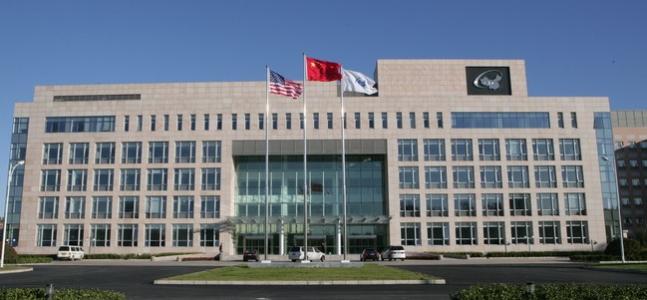
Chinese Center for Disease Control and Prevention (China CDC) has received the first 4 specimens of pneumonia of unknown cause.
Source:
01/03/2020 - Day 4

Chinese scientists at the National Institute of Viral Disease Control and Prevention (IVDC) under China CDC have completed the genetic sequencing of the first batch of specimens and ruled out the possibilities for 26 common respiratory pathogens. Comparative genomics study showed a novel β-genus coronavirus.
Wuhan Municipal Health Commission issued a second briefing. A total of 44 cases (11 in critical condition) were confirmed and 121 close contacts of the cases was being monitored till 8 am. Primary investigations found no obvious evidence of interpersonal transmission.
China formally notified the U.S. on the outbreak. At a White House briefing on March 20, Health and Human Services Secretary Alex Azar said officials had been alerted to the initial reports of the virus by discussions between CDC director Robert Redfield and Chinese CDC Director Dr. Gao on January 3.
Source:
- http://www.chinacdc.cn/yw_9324/202002/t20200201_212137.html
- Li, Q. (2020). An outbreak of NCIP (2019-nCoV) infection in China—Wuhan, Hubei Province, 2019–2020. China CDC Weekly, 2, 79-80.
- http://wjw.wuhan.gov.cn/front/web/showDetail/2020010309017
- https://www.washingtonpost.com/national-security/us-intelligence-reports-from-january-and-february-warned-about-a-likely-pandemic/2020/03/20/299d8cda-6ad5-11ea-b5f1-a5a804158597_story.html
- https://www.nytimes.com/2020/03/28/us/testing-coronavirus-pandemic.html
01/04/2020 ~ 01/06/2020 - Day 5~7
01/05/2020
Wuhan Municipal Health Commission issued a third briefing. Till 8 am, 59 patients (7 in critical condition) were confirmed and 163 persons of close contacts were being monitored. Among the 59 patients, onset time varied from 12/12/2019 to 12/29/2019.
First virus strain was successfully isolated. Early investigations into the cause of the pneumonia ruled out seasonal flu, SARS and MERS.
Research team from Shanghai Public Health Clinical Center obtained the whole genome of the virus through high-throughput sequencing. Sequence analysis of the samples revealed 89.11% homology with SARS-like coronavirus. The agency immediately reported possible respiratory transmission to the National Health Commission.
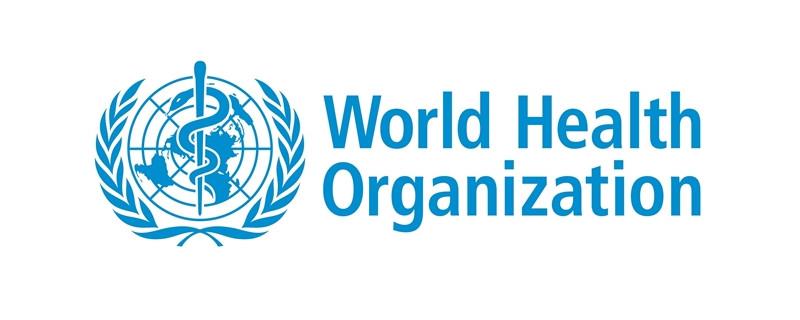
WHO issued disease outbreak news urging emergency preparedness.
01/06/2020
China CDC launches secondary emergency response.
Source:
- http://wjw.wuhan.gov.cn/front/web/showDetail/2020010509020
- https://www.ncbi.nlm.nih.gov/nuccore/MN908947
- https://www.who.int/csr/don/05-january-2020-pneumonia-of-unkown-cause-china/en/
- Li, Q., Guan, X., Wu, P., Wang, X., Zhou, L., Tong, Y., ... & Xing, X. (2020). Early transmission dynamics in Wuhan, China, of novel coronavirus–infected pneumonia. New England Journal of Medicine.
01/07/2020 - Day 8
President Xi Jinping raised demand on the prevention and control of the pneumonia in Wuhan in a Politburo Standing Committee of the Communist Party of China meeting.
Scientists of IVDC confirmed the novel coronavirus isolated on January 3 was the pathogenic cause of the viral pneumonia of unknown etiology (VPUE) cluster, and the disease has been designated as a novel coronavirus-infected pneumonia (NCIP). Scientists announced the discovery of a new coronavirus.
Source:
- http://cpc.people.com.cn/n1/2020/0216/c164113-31589205.html
- http://www.xinhuanet.com/2020-01/09/c_1125438971.htm
- Wang, C., Horby, P. W., Hayden, F. G., & Gao, G. F. (2020). A novel coronavirus outbreak of global health concern. The Lancet, 395(10223), 470-473.
01/09/2020 - Day 10
The first death from the virus occurred when a 61-year-old man passed away. He was was a regular customer at the Huanan Seafood market.
Chinese scientists interviewed by Xinhua News Agency announced they have detected a new coronavirus in the laboratory. The virus has been tested positive in 15 patients with the illness, and thus has been preliminarily identified as the pathogen for the outbreak.
Source:
01/10/2020 - Day 11

Chunyun (Spring Festival travel season) started. During the following 40 days, China would have an estimated 3 billion travelers.

WHO released several interim guidance documents including surveillance case definitions for human infections with novel coronavirus and laboratory testing of human suspected cases of novel coronavirus (nCoV) infection, showing early efforts on the detection of the coronavirus and invoking Chinese government reports that there was no clear evidence of human-to-human transmission.
Source:
01/11/2020 - Day 12
Fourth briefing from Wuhan Municipal Health Commission: among 41 confirmed cases, 2 have been cured, 7 were in critical condition and 1 died. All 739 close contacts of the 41 confirmed cases, including 419 healthcare workers have been monitored. No new cases reported after January 3.
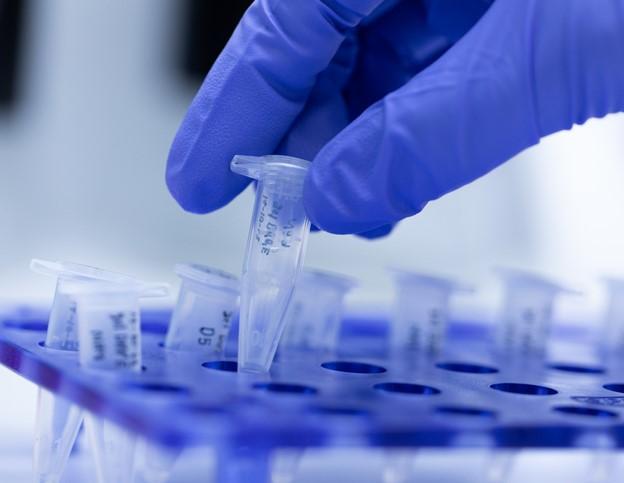
The first viral genome sequence was shared to GENBANK and Virological.org (hub for prepublication data designed to assist with public health activities and research) by Professor Zhang Yongzhen of the Shanghai Public Health Clinical Centre.
Source:
01/12/2020 - Day 13
Fifth briefing from Wuhan Municipal Health Commission: among 41 confirmed cases, 6 cured, 7 were in critical condition and 1 died. Among 763 close contacts, 46 have been freed from medical observations (Since then the briefing continued to be reported every day.)
WHO received further detailed information from the National Health Commission about the outbreak. The evidence was highly suggestive that the outbreak was associated with exposures in Huanan Seafood Market in Wuhan. At this stage, there was no infection among healthcare workers, and no clear evidence of human-to-human transmission.
Source:
01/13/2020 - Day 14

Thailand witnessed the first confirmed case outside China. The affected 61-year-old Chinese woman, who was a resident of Wuhan, had not visited the Huanan Seafood Wholesale Market. She had arrived in Bangkok on January 8.
Source:
01/15/2020 - Day 16
Wuhan Municipal Health Committee published a Q&A regarding the coronavirus, stating: "current investigation hasn't found clear evidence of human-to-human transmission, however, the possibility of human-to-human transmission cannot be ruled out." A confirmed case of a couple might indicate family clusters.
China CDC raised the emergency response to level 1.

The first known travel-related case of 2019 novel coronavirus entered the United States. The patient from Washington with confirmed 2019-nCoV infection returned to the United States from Wuhan on January 15, 2020.
Source:
- http://www.chinacdc.cn/jkzt/crb/zl/szkb_11803/jszl_11809/202001/t20200119_211280.html
- Li, Q., Guan, X., Wu, P., Wang, X., Zhou, L., Tong, Y., ... & Xing, X. (2020). Early transmission dynamics in Wuhan, China, of novel coronavirus–infected pneumonia. New England Journal of Medicine.
- https://www.cdc.gov/media/releases/2020/p0121-novel-coronavirus-travel-case.html
- https://www.nytimes.com/article/coronavirus-timeline.html
01/16/2020 - Day 17
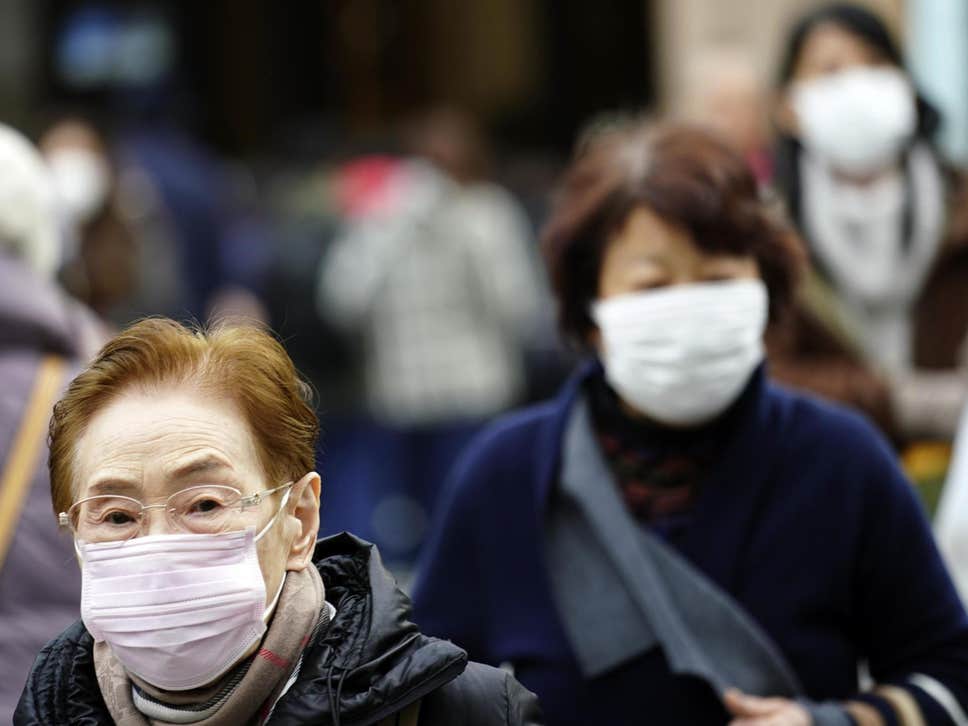
Japan confirmed first case of new China coronavirus strain. 30-year-old man tested positive to illness after visiting Wuhan.
Source:
01/17/2020~01/18/2020 - Day 18~19
01/17/2020
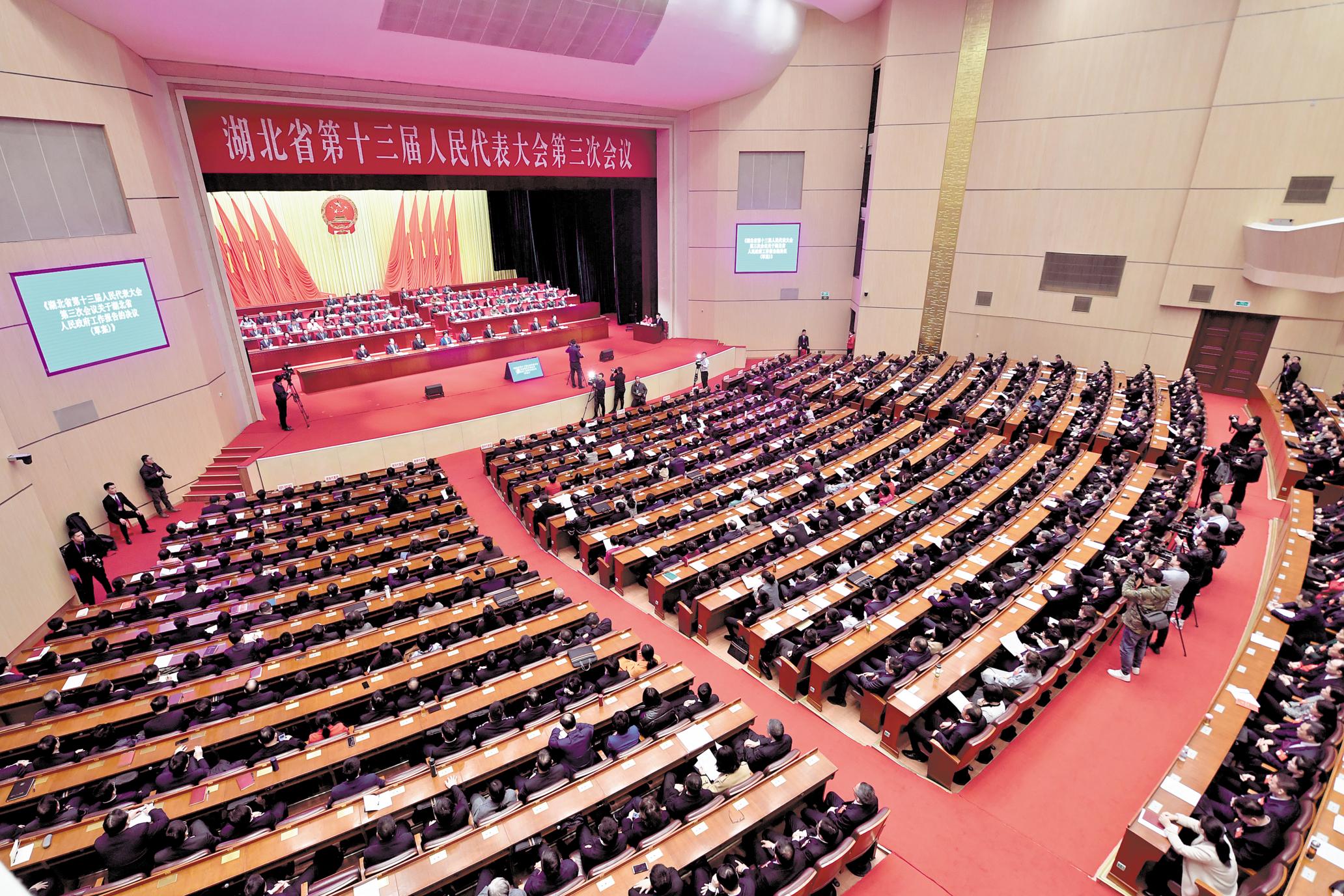
The third meeting of the 13th National People's Congress of Hubei Province closed successfully in the Hongshan Auditorium in Wuchang.
01/18/2020

The Thousands of Households Banquet was held in the Baibuting community for pre-celebration (one week before Chinese New Year) with forty thousand families in attendance.
China confirmed a second death (69-year-old man) in the pneumonia outbreak.
Source:
01/19/2020 - Day 20
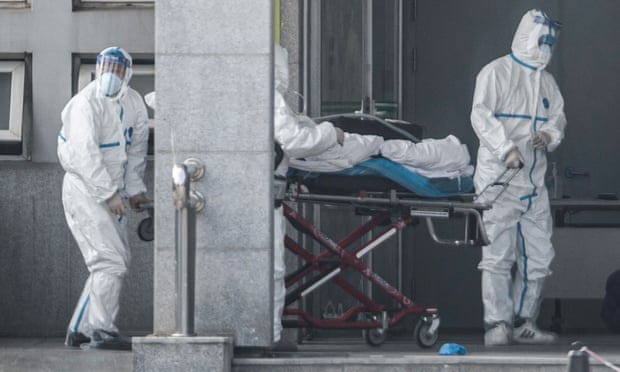
After the first 41 laboratory-confirmed cases identified on January 2, officials announced no new cases for the next 13 days, but suddenly Wuhan Municipal Health Commission reported 157 additional laboratory-confirmed cases in total in the following 3 days, bringing the total number to 198 (January 19).
Wuhan Municipal Health Commission also held a press conference to answer reporters' questions regarding the comprehensive prevention and control of pneumonia caused by new coronavirus infection in Wuhan. Director of Wuhan CDC responded that the possibility of human-to-human transmission could not be ruled out, but the risk of continuing human-to-human transmission was relatively low. Specimens of viral pneumonia patients were going through pathogenic tests only when Hubei CDC received the kits on January 16.
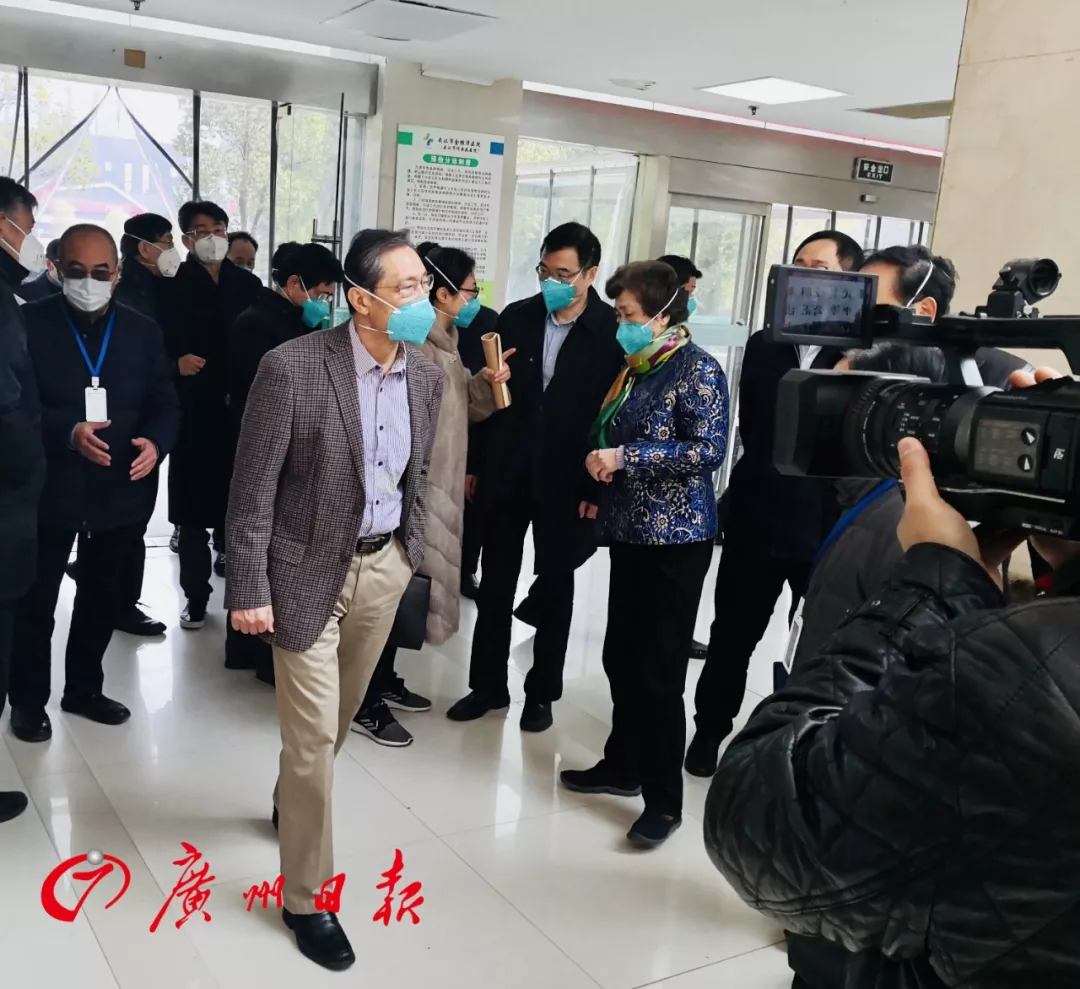
China sent a high-level expert panel from the National Health Commission to Wuhan for investigation. The team was led by Zhong Nanshan, academician of the Chinese Academy of Engineering(CAE), team member including Li Lanjuan (CAE), Yuan Guoyong (CAE), Gao Fu, director of China CDC, Zeng Guang, (Chief Scientist of Epidemiology, China CDC) and Du Bin, Director of Department of Critical Care Medicine, Peking Union Medical College Hospital.
Source:
01/20/2020 - Day 21

With the consent of the Chinese government, WHO sent a five-member delegation led by WHO's representative in China, Dr. Gauden Galea to Wuhan for a two-day investigation (January 20-21). The delegation visited the Wuhan Tianhe Airport, Zhongnan hospital, and the Hubei provincial CDC, including the BSL3 laboratory in China CDC.

The high-level expert panel of the National Health Commission answered reporters' questions about pneumonia caused by the new coronavirus. Zhong Nanshan confirmed the person-to-person transmission and the infection of healthcare workers. These key opinions were immediately sent to the National Health Commissions and reported to the State Council.
Chinese Communist Party general secretary, President of China, Xi Jinping gave important instruction on the pneumonia and said “people’s lives and health should be given top priority and the spread of the outbreak should be resolutely curbed.”
The Premier of the State Council Li Keqiang presided over the convening of an executive meeting of the State Council, during which he urged decisive and effective efforts to prevent and control the pneumonia outbreak caused by a novel coronavirus. Zhong Nanshan and Li Lanjuan also attended the meeting. Li Lanjuan suggested taking measures to restrict people in and out of Wuhan City.

China Central Television (CCTV) reported President Xi Jinping’s instructions on the pneumonia outbreak. A special program of CCTV, News 1+1, was set up today to fight the pneumonia outbreak. CCTV reporter Bai Yansong had a live interview with Zhong Nanshan, who spoke in front of public of the human-to-human transmission, and warned people to avoid traveling to Wuhan and suggested wearing masks.
Source:
- http://wjw.wuhan.gov.cn/front/web/showDetail/2020012009077
- https://www.who.int/china/news/detail/22-01-2020-field-visit-wuhan-china-jan-2020
- https://www.chinadaily.com.cn/a/202001/21/WS5e26556ca31012821727269c.html
- http://www.gov.cn/xinwen/2020-01/20/content_5471057.htm
- http://m.news.cctv.com/2020/01/20/ARTIF4Fl7LEu8TRqIsnde93B200120.shtml
- https://www.theguardian.com/world/2020/jan/20/coronavirus-spreads-to-beijing-as-china-confirms-new-cases
01/21/2020 - Day 22
The cultural performance of Hubei Province in celebration of Spring Festival (Chinese New Year) was successfully held in Hongshan Auditorium.

China National Health Commission has released its first announcement. A total of 291 cases have been reported across the country on Jan 20, including Hubei (270), Beijing (5) Guangdong (14) and Shanghai (2). 14 provinces reported a total of 54 suspected cases.
Source:
01/22/2020 - Day 23
Hubei Province initiates level 2 emergency response to public health emergencies. According to the regulations, the task of releasing new cases of pneumonia now moved to the Hubei Provincial Health Commission instead of that of Wuhan City.
The Hubei Provincial Health Commission held the first press conference on the prevention and control of pneumonia outbreaks. A total of 444 confirmed cases were reported (28 cured, 17 deaths).
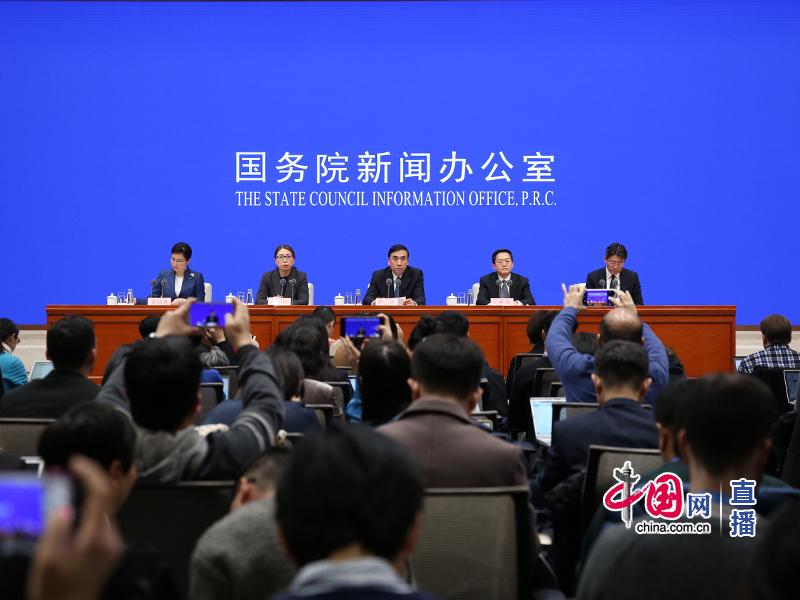
Press Office of the State Council held a press conference on the prevention and control of pneumonia caused by new coronavirus.
North Korea temporarily closed its borders to all foreign tourists as a precaution to the coronavirus on January 22.
Source:
- http://wjw.wuhan.gov.cn/front/web/showDetail/2020012209088
- https://www.reuters.com/article/us-health-coronavirus-china-toll/chinas-wuhan-closes-coronavirus-hospital-as-officials-hail-drop-in-new-cases-idUSKBN20P01K
- http://wjw.hubei.gov.cn/fbjd/dtyw/202001/t20200130_2016538.shtml
- http://www.gov.cn/xinwen/2020-01/22/content_5471560.htm
01/23/2020 - Day 24
2 days before Chinese New Year.

Shutdown of Wuhan: Officials announced a quarantine of the greater Wuhan, China area to commence on Jan 23 2020 at 10:00 a.m. No traffic would be allowed in or out of the city, including all bus, metro, and ferry lines.
The Wuhan Municipal Government promised to build an emergency hospital of 25,000 square meters and a capacity of 1,000 beds within 6 days. The construction would follow the model of Beijing Xiaotangshan that dealt with SARS in 2003.
National Health Commission released a detailed report of 17 death cases and published Diagnosis and Treatment plan of the new coronavirus infected pneumonia (trial version 3).
Source:
- http://www.bjd.com.cn/a/202003/27/WS5e7dea1be4b03cc9592dadfb.html
- https://twitter.com/ChinaDaily/status/1220052882596286465
- http://www.nhc.gov.cn/yzygj/s7653p/202001/f492c9153ea9437bb587ce2ffcbee1fa.shtml
- http://www.nhc.gov.cn/xcs/yqtb/202001/5d19a4f6d3154b9fae328918ed2e3c8a.shtml
- http://www.caac.gov.cn/XWZX/DFDT/202003/t20200311_201393.html
Total confirmed cases in China
(Dec 31 2019 - Jan 23 2020)
America: A Nation in Lockdown
01/21/2020 - Day 1
The first confirmed coronavirus case in the United States, a man in his 30s in Washington state who recently visited Wuhan. He returned to the United States on January 15, 2020.
Source:
01/24/2020 - Day 4
Anthony Fauci, head of the National Institute of Allergy and Infectious Diseases, comments: "We don't want the American public to be worried about this because their risk is low," Fauci said. "On the other hand, we are taking this very seriously and are dealing very closely with Chinese authorities."
The US confirms second coronavirus case, a woman in Chicago who returned to the U.S. from Wuhan on January 13, 2020. The CDC states, "While we consider this a serious public health threat, based on current information, the immediate health risk from 2019-nCoV to the general American public is considered low at this time."
U.S. Senate is briefed on the coronavirus by key health officials. U.S. Senators Richard M. Burr, Kelly Loeffler, Dianne Feinstein, and James Inhofe allegedly sell stock thereafter, prior to significant declines in the stock market. As of a 2012 law known as the STOCK Act, senators are prohibited from using nonpublic information to turn a private profit.

President Trump tweeted to praise China for its efforts to prevent the spread of the virus.
Source:
- https://www.usatoday.com/in-depth/news/nation/2020/04/21/coronavirus-updates-how-covid-19-unfolded-u-s-timeline/2990956001/
- https://www.nbcnews.com/health/health-news/coronavirus-spreads-first-time-u-s-cdc-says-n1126566
- https://www.devex.com/news/covid-19-a-timeline-of-the-coronavirus-outbreak-96396
- https://www.cdc.gov/media/releases/2020/p0124-second-travel-coronavirus.html
- https://www.nytimes.com/2020/03/20/us/politics/kelly-loeffler-richard-burr-insider-trading.html
- https://twitter.com/realDonaldTrump/status/1220818115354923009
01/26/2020 - Day 6
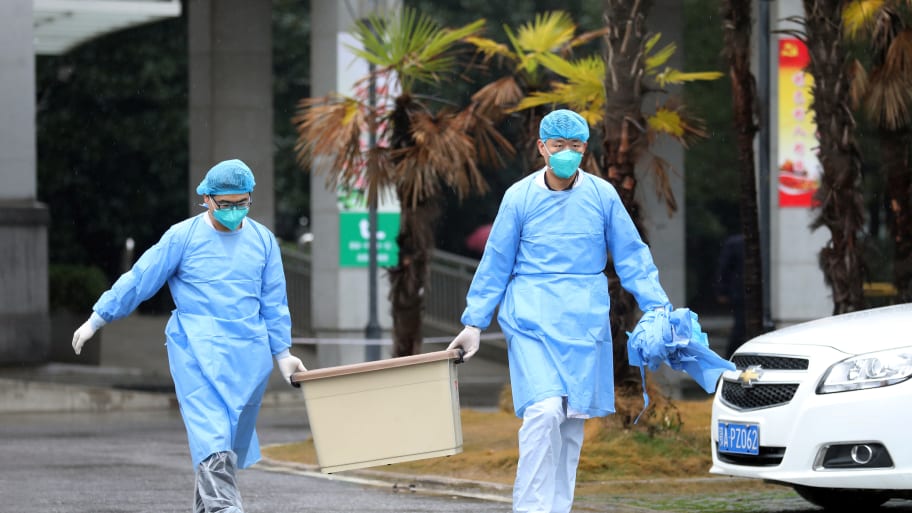
First confirmed cases of coronavirus in California and Arizona.
Source:
01/28/2020 - Day 8
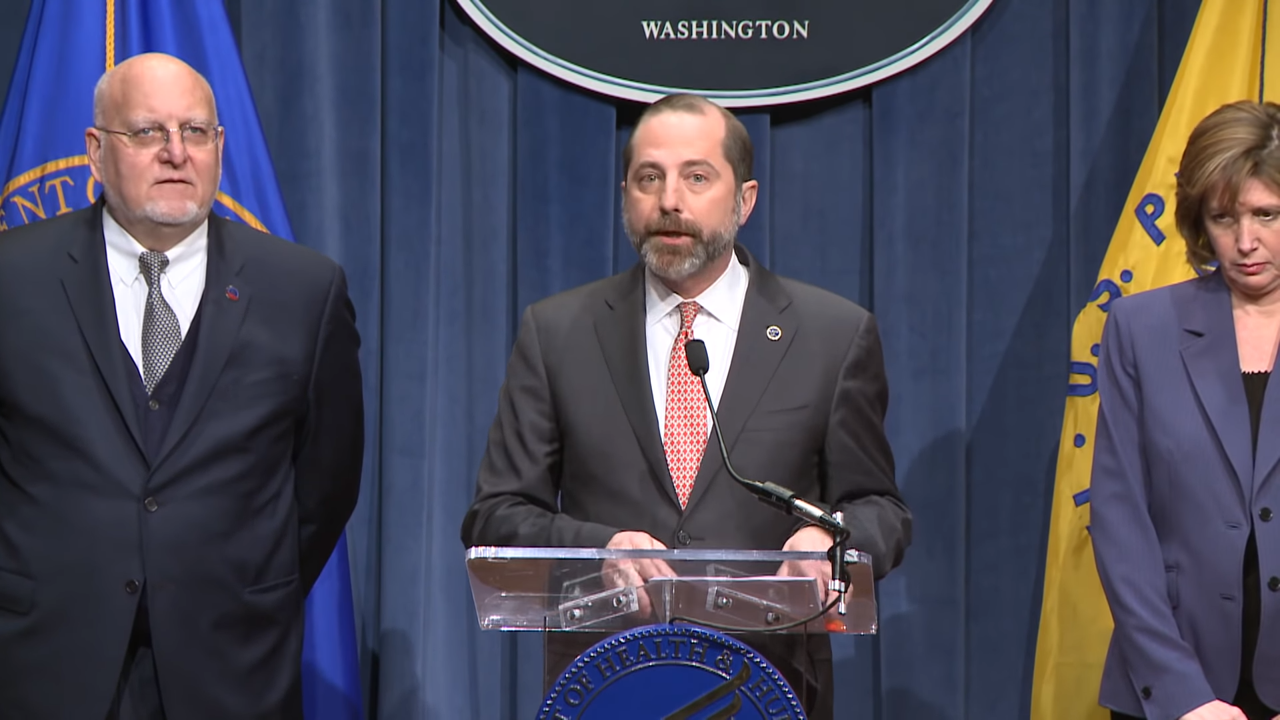
The chairman of the coronavirus task force, Alex Azar, tells reporters that the U.S. has "been monitoring this virus and preparing a response since back in December."
Source:
01/29/2020 - Day 9
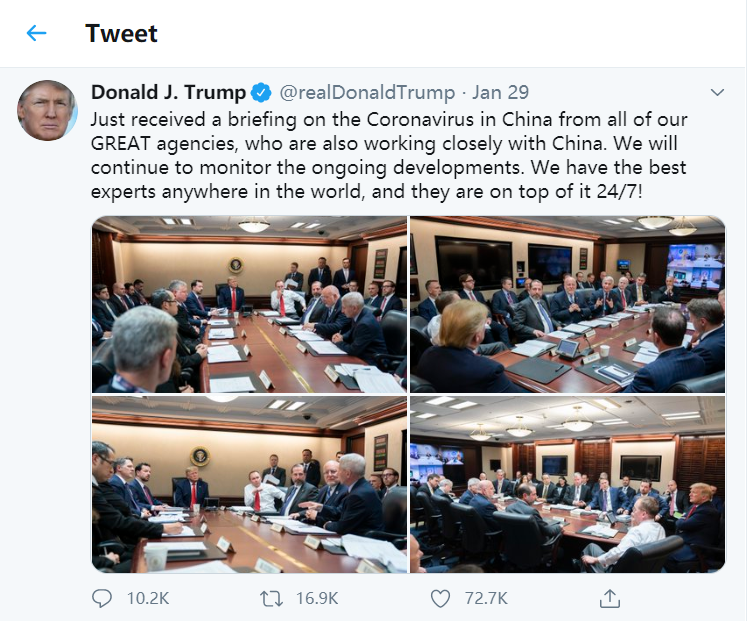
The White House announces a taskforce to “monitor, contain and mitigate the spread of the virus”. President Trump attends the meeting and tweets related photos. The scope is limited initially to the logistics of keeping travelers out of the U.S. from China, and evacuating U.S. citizens.
The U.S. government evacuates 195 State Department employees from Wuhan along with their families and other U.S. citizens to March Air Reserve Base near Riverside, California, where they are kept under quarantine for 14 days. None have been infected.
Source:
01/30/2020 - Day 10
The first case of person-to-person transmission was confirmed in Chicago, between a married couple, after the wife returned from China. (seen January 24).
Source:
01/31/2020 - Day 11
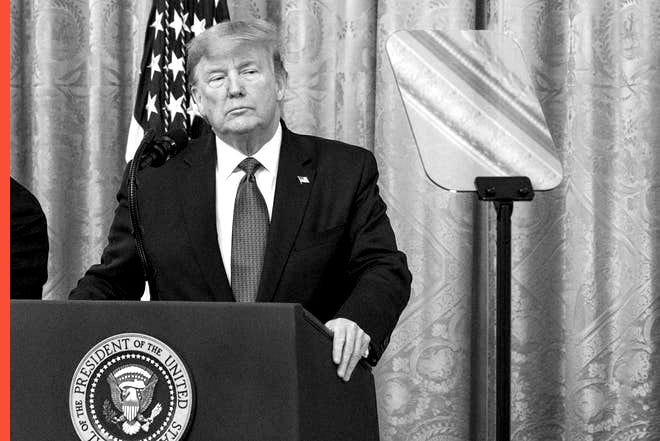
U.S. Department of Health and Human Services declares a public health emergency and imposes a mandatory 14-day quarantine for any U.S. citizens who has visited Hubei Province in China within the previous two weeks.
The White House announces that it would ban entry for non-U.S. nationals who had traveled to China within the last 14 days in efforts to halt the spread of COVID-19. This was the first such travel restriction by the U.S. in more than 50 years.
Source:
- https://www.marketwatch.com/story/coronavirus-update-a-new-task-force-195-us-citizens-in-isolation-and-who-to-decide-if-its-a-public-health-emergency-2020-01-30
- https://www.nbcnews.com/news/world/china-criticizes-u-s-border-closure-coronavirus-death-toll-rises-n1128161
- https://www.wsj.com/articles/u-k-reports-first-coronavirus-cases-as-china-allies-limit-ties-11580467046
02/03/2020 - Day 14
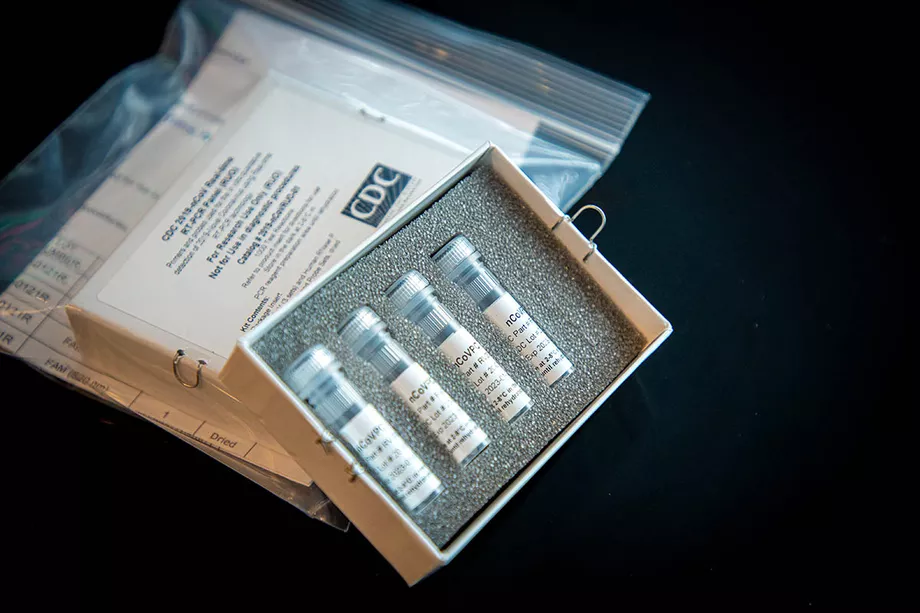
49 members of Congress sign a letter to CDC Director Redfield highlighting the urgency of distributing a rapid diagnostic kit that could be processed locally, rather than centrally at the CDC in Atlanta.
Source:
02/06/2020 - Day 17
The federal Centers for Disease Control and Prevention (CDC) ships coronavirus testing kits to labs, but early tests are contaminated, handicapping the response.
First death from COVID-19, in Santa Clara County, California, as found by an autopsy and as reported two months later. Previously, the first U.S. death had been thought to occur Feb. 29 outside Seattle. The autopsy findings revealed that the virus may have been spreading in U.S. communities earlier than previously known.
Another government evacuation flight took place on February 6, containing 300 passengers, most of who were taken to bases in Nebraska and Texas. By this time, more than 500 people were quarantined at three air bases.
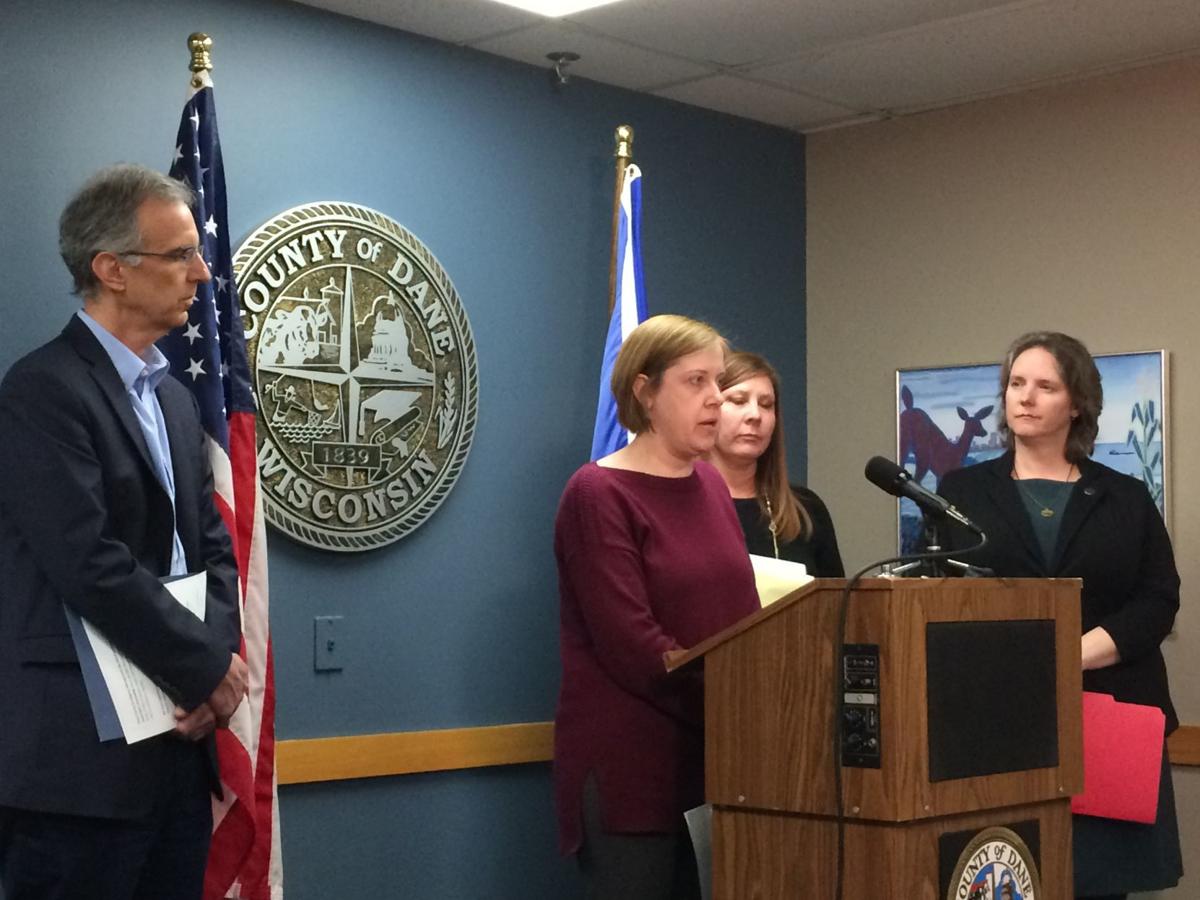
Wisconsin’s first confirmed case of the new coronavirus, a college student who returned to Dane County Regional Airport after a trip to Beijing January 30.
Source:
- https://www.sfchronicle.com/bayarea/article/Exclusive-Autopsy-report-of-first-known-15226422.php
- https://www.nytimes.com/2020/04/22/us/santa-clara-county-coronavirus-death.html
- https://www.theguardian.com/us-news/2020/apr/25/us-coronavirus-timeline-trump-cases-deaths
- https://q13fox.com/2020/02/06/planeloads-of-americans-flee-growing-coronavirus-outbreak-in-wuhan-as-12th-case-is-reported-in-the-us/
- https://madison.com/wsj/news/local/health-med-fit/wisconsins-first-case-of-new-coronavirus-from-china-is-resident-of-dane-county/article_4ef1a52c-403a-57f1-bc7a-38222e66b44a.html
02/11/2020 - Day 22
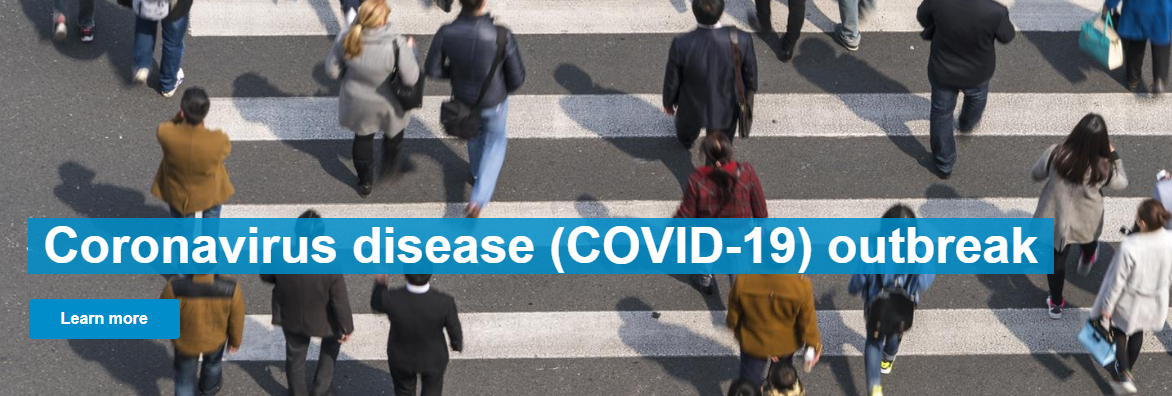
The WHO announces a formal name for the coronavirus – COVID-19.
The CDC confirmed the 13th U.S. coronavirus case, and about 800 Americans evacuated from Wuhan remain under quarantine. At a rally in New Hampshire, President Trump said that, "in theory" once the weather warms up, "the virus" will "miraculously" go away.
Source:
02/15/2020 - Day 26
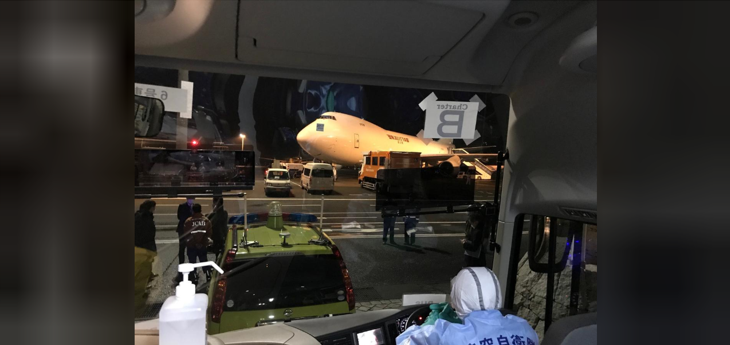
The government evacuates 338 U.S. nationals stranded aboard the cruise ship Diamond Princess, which had been held in quarantine in Yokohama, Japan. Fourteen of those repatriated people are infected with the virus.
Source:
02/21/2020 - Day 32
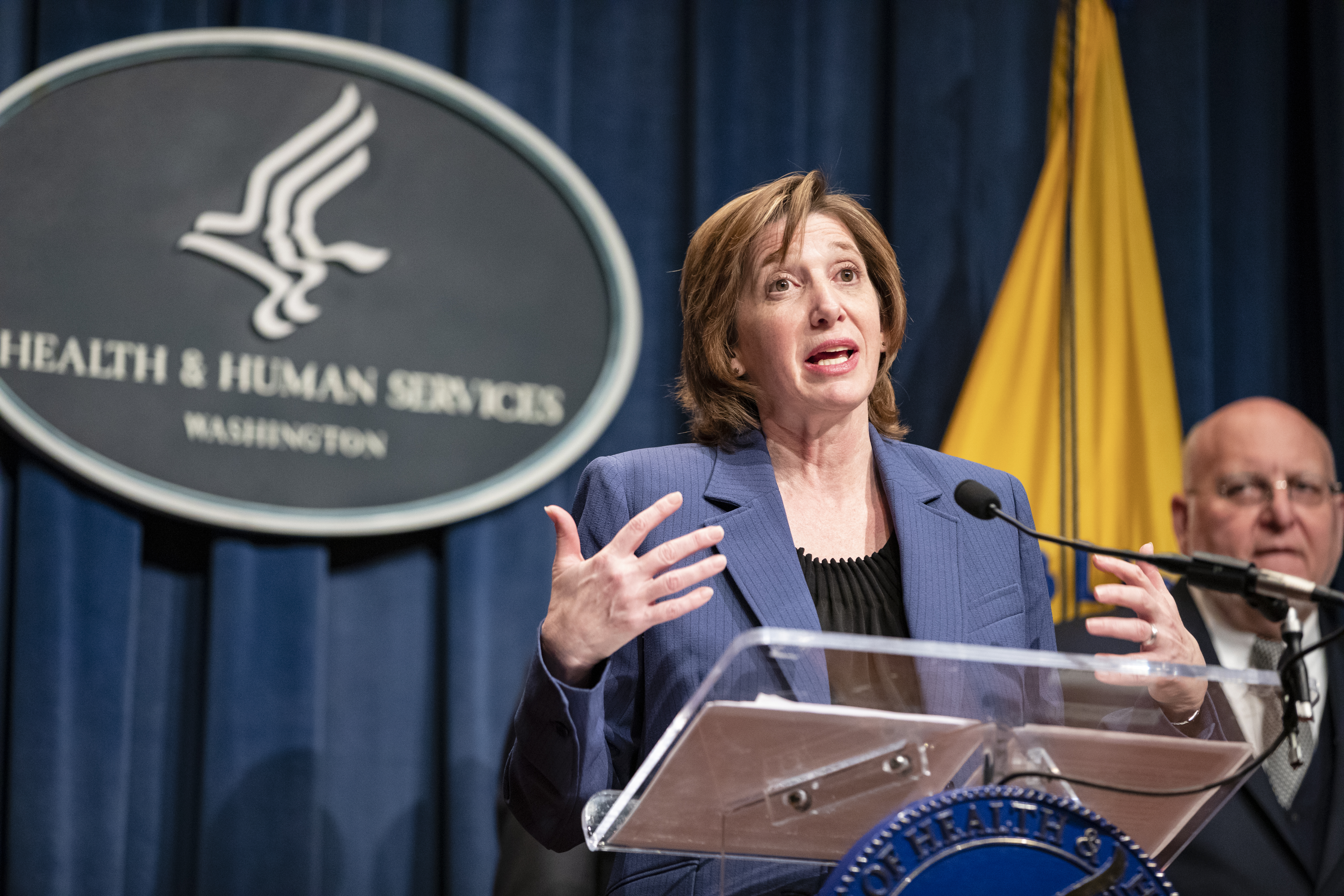
U.S. health officials prepare for the coronavirus to become a pandemic. "We're not seeing community spread here in the United States, yet, but it’s very possible, even likely, that it may eventually happen," says Dr. Nancy Messonnier, director of CDC’s National Center for Immunization and Respiratory Diseases.
Source:
02/24/2020 - Day 35
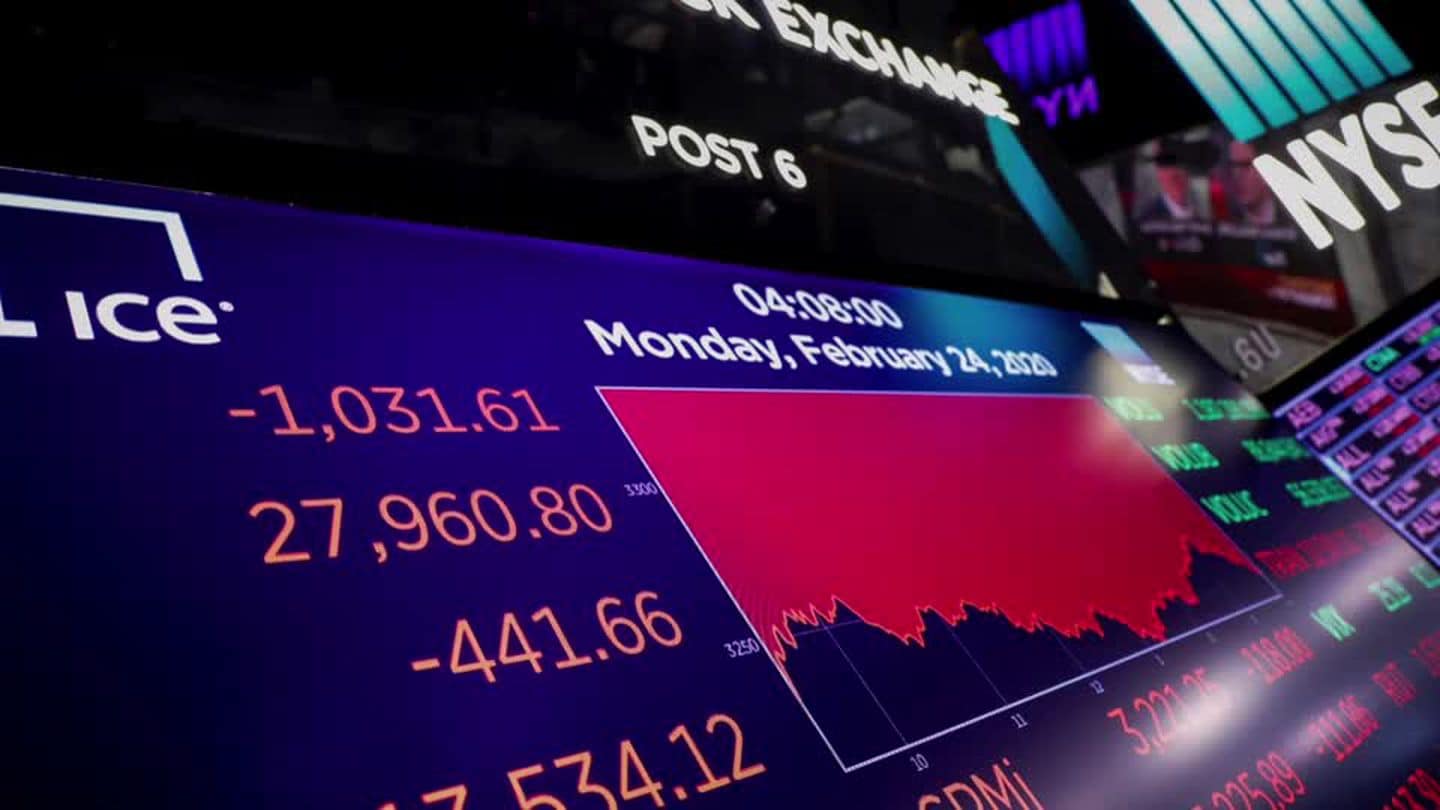
The US stock market plummets due to coronavirus fears. The Dow Jones Industrial Average, a historically popular stock, experiences its worst day financially in over two years.
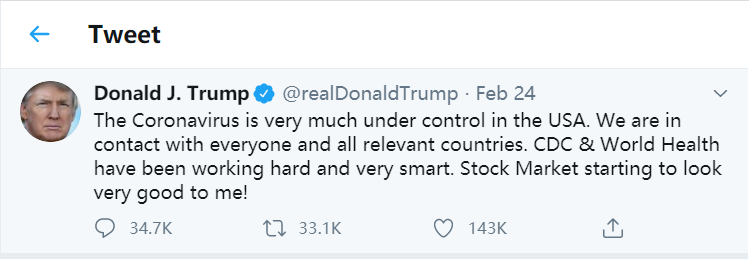
President Trump tweets: "The Coronavirus is very much under control in the USA."
Source:
02/26/2020 - Day 37
The CDC announces that a patient in California has tested positive for COVID-19, potentially the first US case where the source of infection is due to local transmission.
President Trump appoints Vice President Mike Pence to lead the coronavirus response (replacing HHS Secretary Azar).
"When you have 15 people (confirmed cases), and the 15 within a couple of days is going to be down close to zero, that's a pretty good job we've done." Trump states at a press conference, "We're very, very ready for this," "The risk to the American people remains very low."
Source:
- https://www.whitehouse.gov/briefings-statements/remarks-president-trump-vice-president-pence-members-coronavirus-task-force-press-conference/
- https://www.theguardian.com/us-news/2020/apr/25/us-coronavirus-timeline-trump-cases-deaths
- https://www.usatoday.com/in-depth/news/nation/2020/04/21/coronavirus-updates-how-covid-19-unfolded-u-s-timeline/2990956001/
- https://abcnews.go.com/Health/timeline-coronavirus-started/story?id=69435165
- https://www.whitehouse.gov/briefings-statements/remarks-president-trump-vice-president-pence-members-coronavirus-task-force-press-conference/
- https://www.youtube.com/watch?v=xTh1xG_ME78
02/28/2020 - Day 39
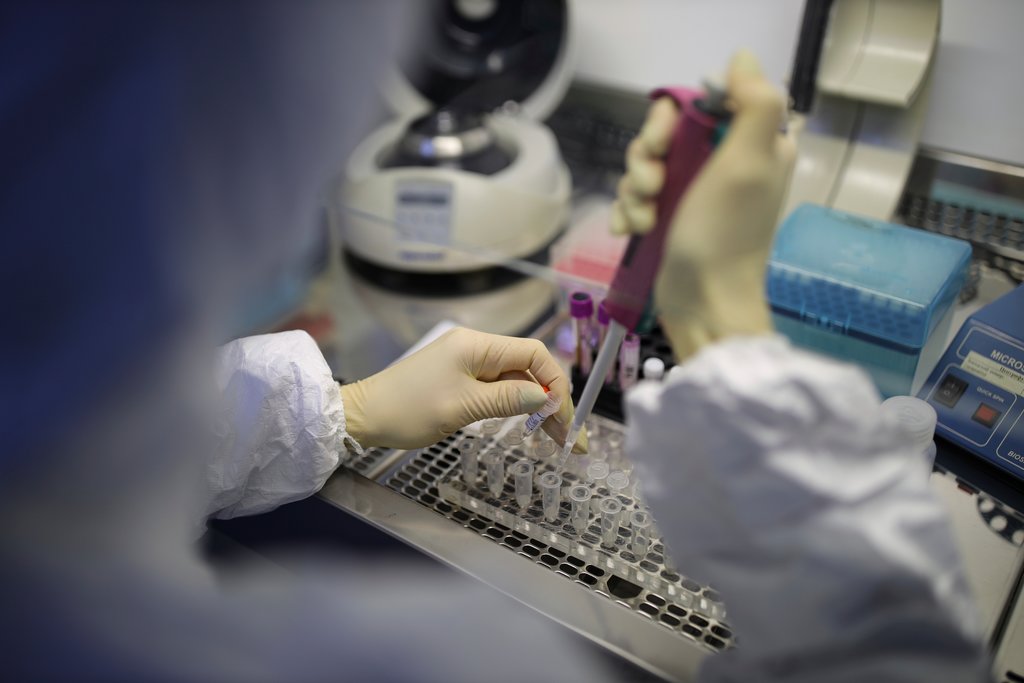
Dr. Nancy Messonnier states that the CDC has taken steps to address problems with flawed test kits mailed to state and local labs.
Source:
02/29/2020 - Day 40
The US government makes public what is then believed to be its first coronavirus-related death, a man in his 50s at Evergreen Health Medical Center in Kirkland, Washington. (Seen in February 6: As confirmed later, the first U.S. death had actually occurred on February 6.).

President Trump authorized the expansion of travel restrictions against Iran and the new recommendation that Americans refrain from visiting regions of Italy and South Korea impacted by the coronavirus.
Source:
03/01/2020 - Day 41
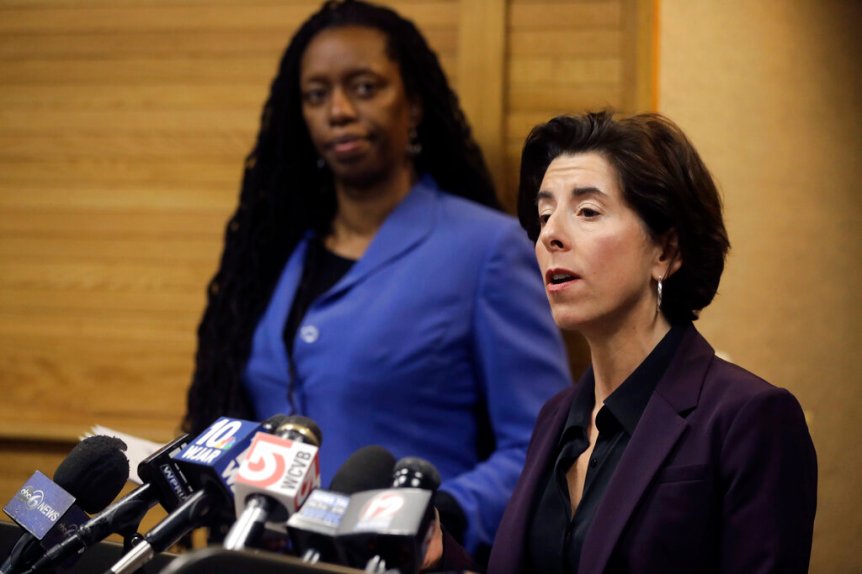
The CDC confirms the first coronavirus case in Rhode Island.
Source:
03/02/2020 - Day 42
The CDC confirms the first coronavirus cases in New Hampshire, New York, and Florida.
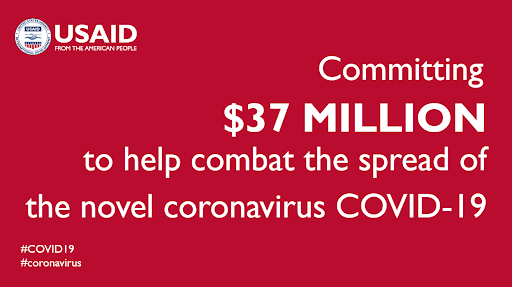
The United States deploys $37 million from the Emergency Reserve Fund for Contagious Infectious Diseases for countries affected by COVID-19.
Coronavirus cases in the U.S. reach 102, including repatriated citizens from Wuhan or the Diamond Princess (Seen Jan 29, Feb 6, Feb 15). (48 cases from repatriated citizens and 54 local cases in 11 states.)
Source:
03/03/2020 - Day 43
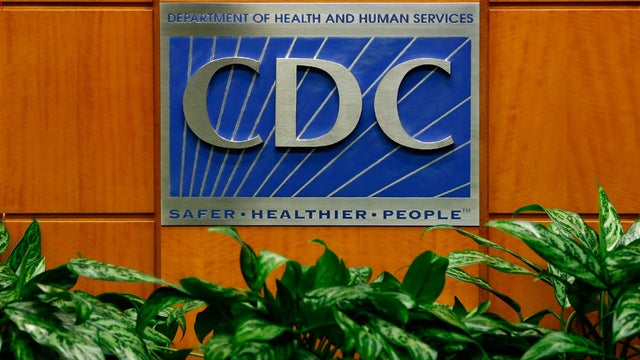
The CDC issues a new guidance that allows anyone to be tested for the virus without restriction, instead of those only with severe symptoms.
The CDC confirms the first coronavirus cases in North Carolina and Georgia.
Source:
03/04/2020 - Day 44
U.S. Department of Health & Human Services (HHS) announces the intent to produce N95 respirators over the following 18 months to support healthcare workers in COVID-19 outbreaks.
Source:
03/04/2020 - Day 45
The CDC confirms the first coronavirus cases in Nevada, Texas, New Jersey, and Tennessee.
Source:
03/06/2020 - Day 46
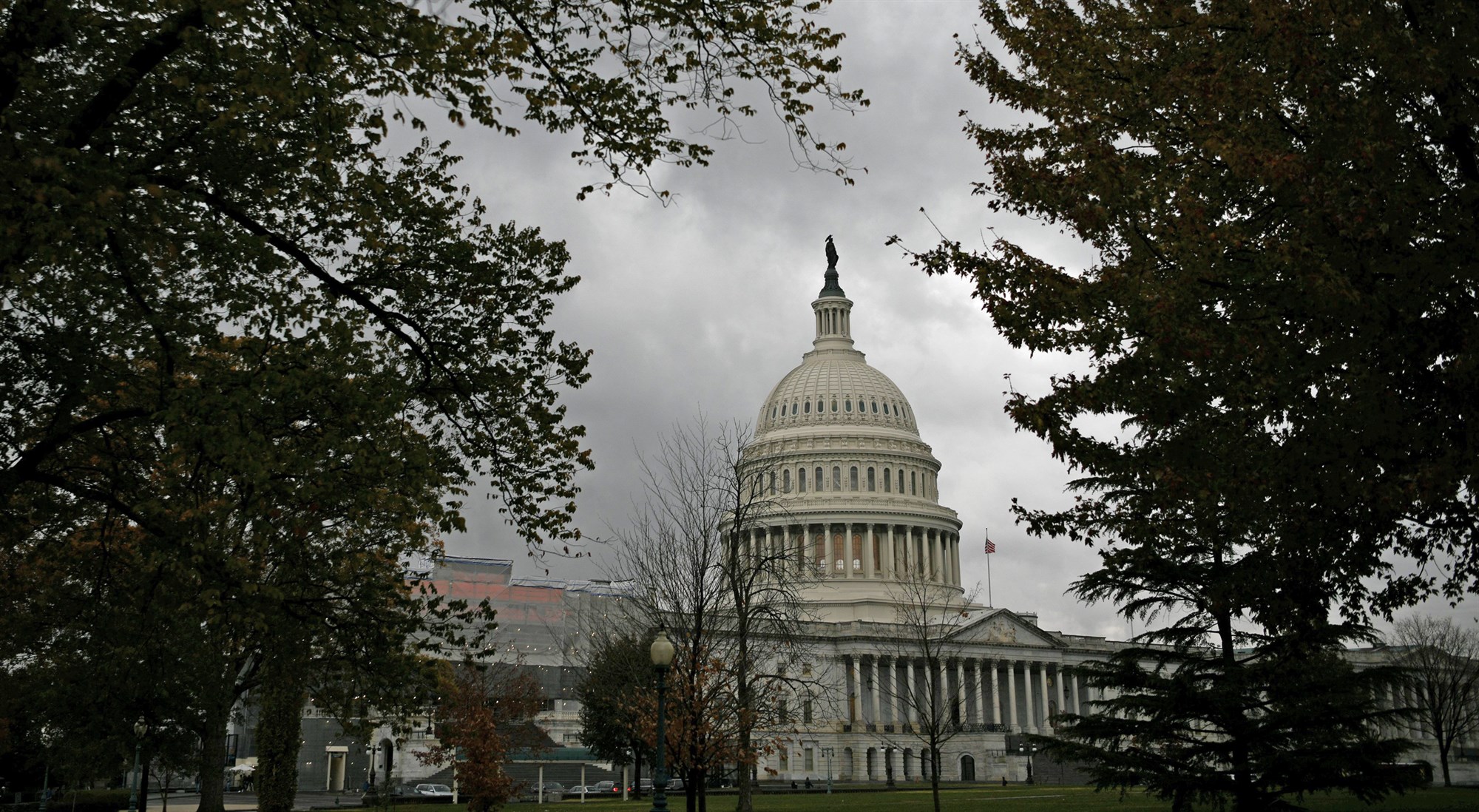
President Trump signs an $8.3 billion emergency funding package to try and alleviate the COVID-19 crisis. Austin, Texas, cancels the SXSW conference and festivals, beginning the trend of further cancellations of conferences, concerts, and other high-profile events across the country due to the coronavirus.
Ten states report their first case of coronavirus: Hawaii, Utah, Nebraska, Kentucky, Indiana, Minnesota, Connecticut, South Carolina, Pennsylvania, and Oklahoma. Many cases are associated with passengers from the Grand Princess cruise ship.
Source:
03/07/2020 - Day 47
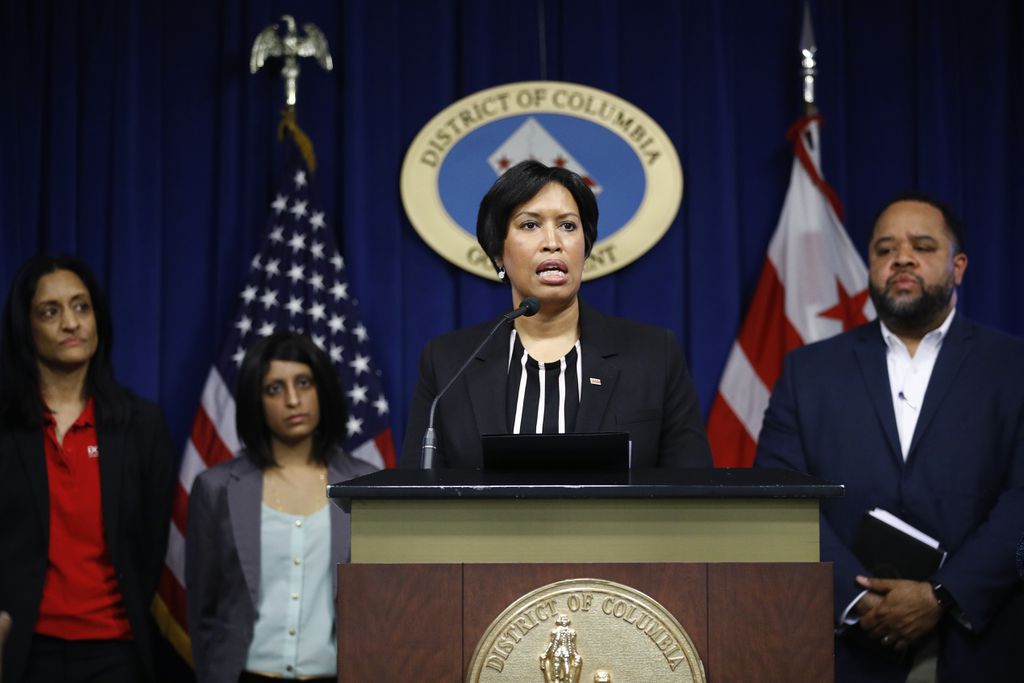
Virginia, Kansas, Missouri, and Washington, D.C. announce their first cases.
Source:
03/08/2020 - Day 48
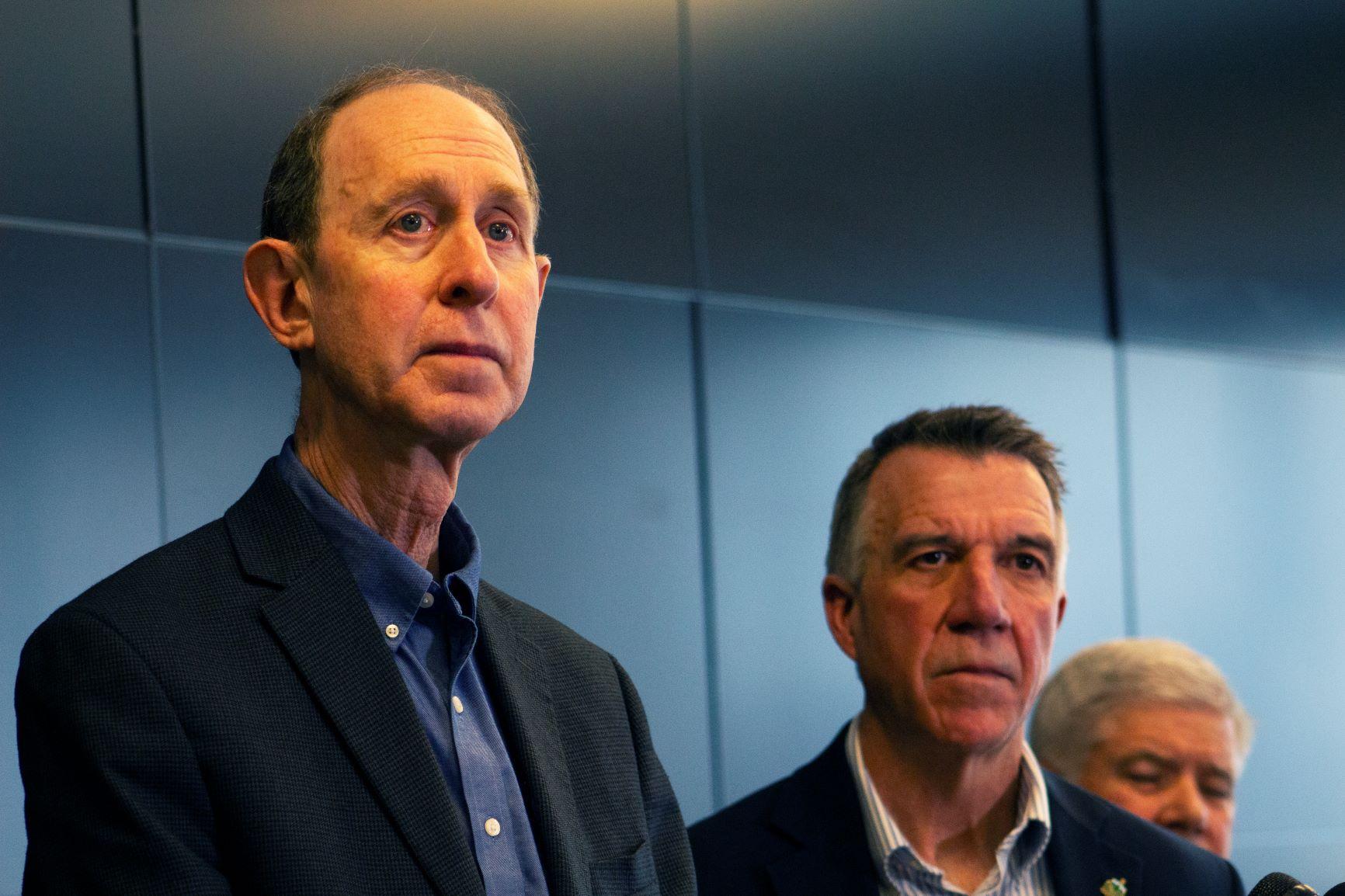
Iowa and Vermont report their first cases of infection with the coronavirus. The CDC reports that the coronavirus now has confirmed cases in over half of the states in the U.S.
Source:
03/09/2020 - Day 49
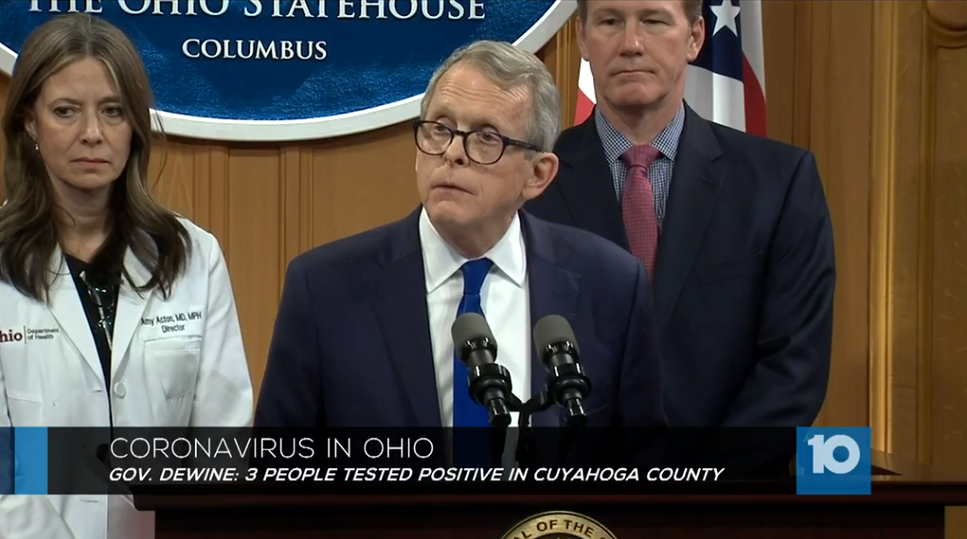
Ohio Governor Mike DeWine declares a state of emergency after Ohio reports its first three cases of COVID-19.
Source:
03/11/2020 - Day 51
Arkansas, Delaware, Mississippi, New Mexico, North Dakota and Wyoming report their first cases. 40 out of 50 states now have confirmed cases of COVID-19.
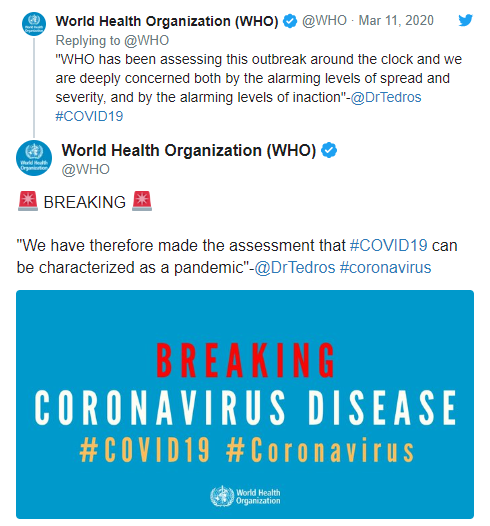
The World Health Organization (WHO) redefines the coronavirus outbreak as a global pandemic. President Trump decides to restrict travel from 26 countries in Europe, excluding the United Kingdom and Ireland for the next month.
President Trump says in an Oval Office address, "The vast majority of Americans: The risk is very, very low. Young and healthy people can expect to recover fully and quickly if they should get the virus."
The National Basketball Association (NBA) suspends its season after Rudy Gobert, an NBA player, contracts the disease.
Source:
- https://www.whitehouse.gov/briefings-statements/remarks-president-trump-address-nation/
- https://www.theguardian.com/us-news/2020/apr/25/us-coronavirus-timeline-trump-cases-deaths
- https://www.nbcnews.com/health/health-news/coronavirus-timeline-tracking-critical-moments-covid-19-n1154341
- https://twitter.com/WHO/status/1237777021742338049
03/12/2020 - Day 52
Other major American sports leagues and tournaments are cancelled indefinitely, such as the MLB and NHL.

The NCAA cancels all postseason tournaments in their winter and spring sports, including the men's and women's basketball tournaments, as well as the baseball and softball tournaments. The cancellation of the basketball tournament marks the first time the tournament will not be held due to unforeseen circumstances.
Productions on Broadway announce they are closing.
Georgia and Kansas have their first deaths due to COVID-19 according to the CDC.
Source:
- https://www.newsweek.com/ncaa-cancels-basketball-tournaments-all-winter-spring-championships-because-coronavirus-1492049
- https://www.nbcnews.com/health/health-news/coronavirus-timeline-tracking-critical-moments-covid-19-n1154341
- https://www.theguardian.com/us-news/2020/apr/25/us-coronavirus-timeline-trump-cases-deaths
03/13/2020 - Day 53

President Trump declares a national emergency due to the coronavirus. Washington state orders its schools closed for the rest of the school year. Other states including Michigan, Pennsylvania, and Maryland announce future plans to close their schools as well.
President Donald Trump takes a COVID-19 test after coming into contact with several people who had contracted the disease and is found to be negative.
Source:
- https://www.cnn.com/2020/03/13/politics/donald-trump-emergency/index.html
- https://www.theguardian.com/us-news/2020/apr/25/us-coronavirus-timeline-trump-cases-deaths
- https://www.nbcnews.com/health/health-news/coronavirus-timeline-tracking-critical-moments-covid-19-n1154341
- https://abcnews.go.com/US/coronavirus-live-updates-house-passes-coronavirus-pandemic-stimulus/story?id=69593951
03/14/2020 - Day 54
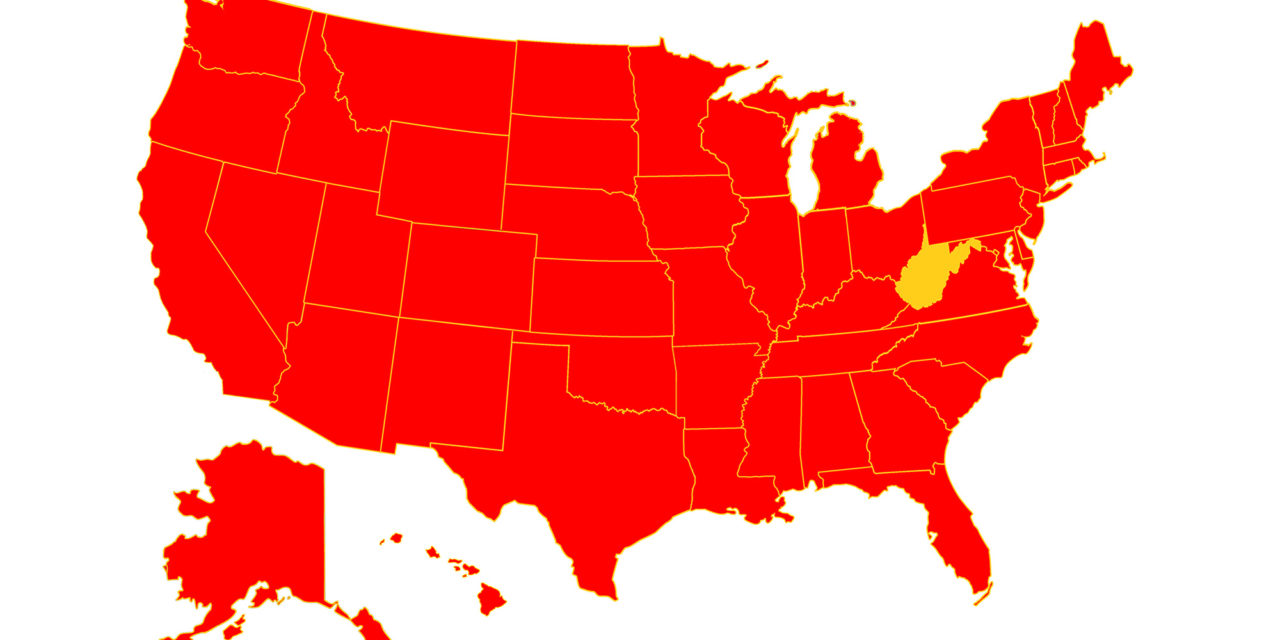
All states except West Virginia have confirmed COVID-19 cases. Twelve states have virus-related deaths.
President Trump takes a COVID-19 test after coming into contact with several people who had contracted the disease and is found to be negative.
Source:
03/15/2020 - Day 55
The White House announces that the European travel ban would now apply to the United Kingdom and Ireland.
The CDC releases guidelines that recommend organizers cancel or postpone events of fifty people or more across the US for an eight-week period.
Twenty-nine more states, including New York, Massachusetts, and South Carolina announce school closures due to COVID-19 fears. New York, California, and Washington have the most confirmed cases.
Source:
03/16/2020 - Day 56
Despite the fact that the Federal Reserve Bank lowered interest rates the day prior, the stock market fell once again. Wall Street struggles mightily, as some major stocks report a 12% or more loss for the day.
San Francisco imposes prohibitions on residents leaving their homes except for essential needs, becoming the first city in America to implement “stay-at-home” restrictions in response to the coronavirus.
The Trump administration's coronavirus task force advises stricter guidelines than the CDC released a day ago, telling Americans to avoid gatherings of ten or more people as well as to avoid bars and restaurants.
US researchers administer first preliminary test vaccine, but warn that a vaccine would not be universally available for at least 12 to 18 months.
Source:
- https://www.nbcnews.com/health/health-news/coronavirus-vaccine-test-opens-1st-doses-n1160836
- https://www.nbcnews.com/health/health-news/san-francisco-require-people-stay-home-except-essential-needs-n1160916
- https://www.nbcnews.com/health/health-news/coronavirus-timeline-tracking-critical-moments-covid-19-n1154341
03/17/2020 - Day 57
Maryland’s governor postpones the state’s primary election due to concerns of people gathering to vote in person. Florida, Illinois, and Arizona, however, proceed with their respective presidential primaries.
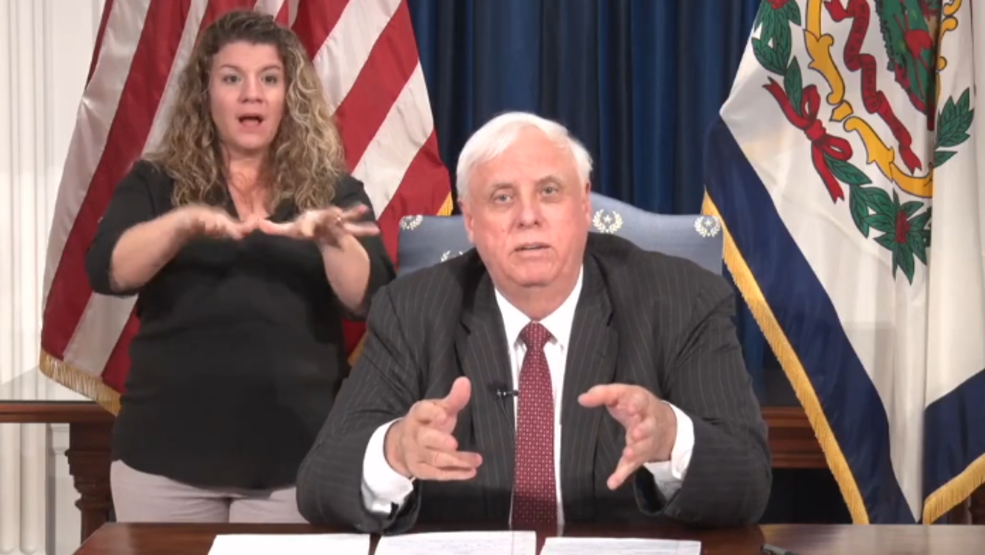
West Virginia, the last state without a confirmed COVID-19 case, finally records its first case, meaning the US now has infections in all 50 states, Puerto Rico, the US Virgin Islands, and Washington, DC.
Finally, President Trump said: "This is a pandemic. ... I felt it was a pandemic long before it was called a pandemic."
Source:
- https://www.nbcnews.com/health/health-news/live-blog/coronavirus-updates-countries-across-world-step-restrictions-combat-crisis-n1161301/ncrd1161661#liveBlogHeader
- https://www.nbcnews.com/health/health-news/coronavirus-timeline-tracking-critical-moments-covid-19-n1154341
- https://www.businessinsider.com/coronavirus-hits-every-us-state-west-virginia-first-infection-2020-3
- https://myfox8.com/news/coronavirus/west-virginia-the-last-us-state-without-coronavirus-confirms-1st-case/
- https://www.npr.org/sections/goatsandsoda/2020/04/15/835011346/a-timeline-of-coronavirus-comments-from-president-trump-and-who
Total confirmed cases in the U.S.
(Jan 21 2020 - Mar 17 2020)
Conclusion from COVID-19 Stories
As of May 5 2020, the total number of confirmed cases in China and the United States exceeded 1.28 million. In this part, you may explore the map by dragging and zooming.
Timelines of the coronavirus disease 2019 (COVID-19) in China and the U.S. reveal detailed stories of how the first few cases gradually developed into a pandemic, and how government officials and health agencies acted together in fighting the transmission of the virus outbreak.
China and the United States exhibited different spatial patterns of coronavirus spread in their respective regions. In China, most cases appeared in Wuhan, Hubei Province. Direct controls such as the shutdown of the Wuhan City and later the Hubei Province helped prevent the virus from spreading further. In the U.S., however, the first few confirmed cases were scattered across states on the east and west coasts, which made containment problematic and required nation-wide preventive measures.
Both governments have struggled to assess the virus accurately in terms of its severity. Coronavirus was underestimated and was not acted upon proactively. Chinese officials took three weeks to confirm human-to-human transmission. The U.S. government, even having received warnings about COVID-19 from WHO and having weeks to prepare, didn’t introduce social distancing and stay-at-home policies until it was too late to prevent mass contamination. A lack of testing kits and necessary medical care equipment has also plagued the effectiveness of the response.
China and America have not succeeded in stopping the spread of COVID-19, but most of the world has failed as well. The global community was not prepared for the coronavirus, but it will also learn from its mistakes. COVID-19 is truly the first pandemic of the modern era and will serve as a landmark case in which health organizations and officials will look back on to aid them in future times of pandemic crises. It is a painful but necessary lesson the world needed to learn in order to strive forward confidently in the future. It will certainly not be the last time there will be a global health emergency, but with the selflessness shown by healthcare workers and other essential employees today, there is certainly cause for hope looking ahead.
Confirmed cases in each state of the U.S. and in each province of China
(May 5 2020)
Data Sources:
Powered by leaflet, JQuery, Bootstrap, C3.js, D3.js, and more.
Cover image by Fusion Medical Animation
Authors: Jinmeng Rao, Jianxiang Qiu, Griffin Rock
Geog 575, Department of Geography, UW-Madison